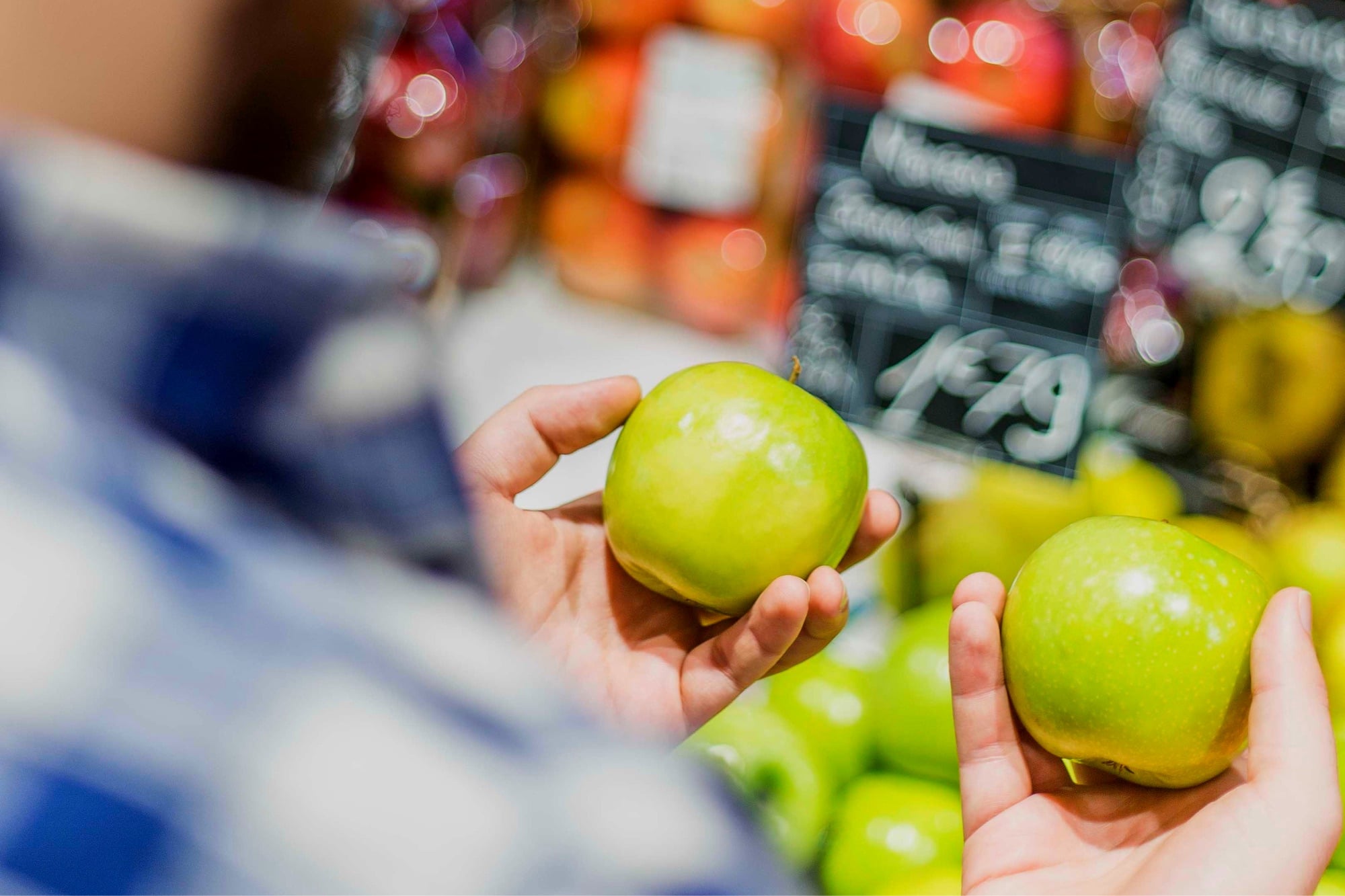Did you know that by giving your customers less choice, you could actually get more revenue? Learn about the paradox and ways to use it for your app.
Extensive choice for many years has been considered a virtue of both online and offline commerce. Everybody was following the logic “The bigger the choice is, the higher is the probability that a customer will find what he likes”. But lately, psychologists have paid attention to the fact that for some cases leaving customer no choice actually works better, which has been proved by the enormous success of a number of mobile apps. Let’s look into this paradox and learn how and when to use this technique.
How Paradox of Choice Works?
The Paradox of Choice comes down to Arrow’s impossibility theorem, which was studying social behavior and voting in particular. American economist Kenneth Arrow in 1951 published a work, in which he came to the conclusion that it is almost impossible to give public a choice that will cater for all their preferences.
American psychologist Barry Schwartz took this idea as a basis, tested it out in commerce industry and cam down to the conclusion, that by offering customers smaller choice we actually aim for a bigger audience since a customer stops looking for a product that aims for his very specific unique needs. Let us explain this with an example. You decided to give your boss a cup for his birthday. If you go to the shop, who sells cups with all sorts of names on them, but didn’t find your boss’s name, you probably wouldn’t buy anything. But if you went to a shop, which would have more generic captions, you probably be happy with “Best Boss” cup. So the probability of a purchase in such store is more likely.
Besides, it turns out that making a choice is connected with a large amount of stress. At some point the choice is too big and that it is hard for a customer to know that he made the right decision. So he’s overwhelmed with the pressure of choice and might bail out.

As you see, the excitement from a purchase looks more like an inverted U. At first, the customer is happy with the choice available, but then big choice leads to negative emotions rather than positive. So the graph of dependency of choice against emotions should look something like this.

A number of international businesses have focused on such idea and proved it to be a large success. Let’s see how this principle works for IT industry.
Give Me Examples!
The first idea that comes to mind when talking about the minimal choice app is Uber.

It revolutionized the market by making taxi service easy and straightforward. When you order a car you simply want to get a vehicle that will take you to the designated place. Uber took away any additional choices and it worked great for them.
Another great example is Tinder.
Instead of choosing from a large (and probably endless) list of dating profiles you concentrate only on one account at a time. No need to say how well it pushed them forward.
Many apps from other industries have copied Tinder mechanics and gained some success. Take for example Mangia app for recipes, which follows the same logic, but with food now.

One should mention that this works not only for mobile apps. For example, The Dollar Shave club decided to remove some stress of picking up a blade for shaving but cutting the choice to 3 options only (not dozens like regular stores offer).

Men liked that and soon the business was acquired by Unilever for $1 bln.
So When should I Offer Less?
As you see, the paradox works well for all types of industries, but before rushing to editing the list of your suppliers, make sure your business meets the following criteria.
- Any option will do.
This paradox works well for business when details don’t actually matter. People want just any taxi or any blade, so they are happy they don’t have to choose.
- The options you offer are really good.
If you limit the choice to 3 options only, make sure all of them are good, so that customer is happy with the choice you actually made for them.
- Simplicity is your brand.
Minimal choice goes really well with “Be simple” brand. Talking fashion language it will probably work well for some hipster or off track brand than high fashion like Chanel or Gucci, who promote exquisite and unique branding.
So what do you think about the paradox? In what industry would you like more services based on it? Share with us in the comments!
—
Rubyroid Labs listed as one of the best Medical Software Development Companies



